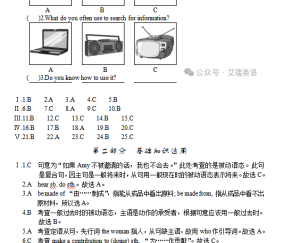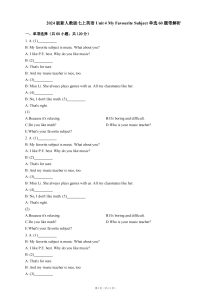
一般说来,admit表示“许入”、“进入”(allow somebody orsomething to enter)或“承认”(acknowledge)的意义;admit of则表示“容许”(allow of)或“容有”(leaveroom for)之意。例如:
This ticket admits one person only.
此券只准一人入场。
I admitted him to the lecture.
我准许他入内听讲。
He has admitted the fact.
他已承认此事。
This matter admits of no delay.
此事刻不容缓。
This word admits of several interpretations.
这个词可作几种解释。
Admit的主语既可以是物,也可以是人,而admit of 的主语只可以是没有生命的事物。例如,我们不能说: I can’t admit of your doing it,而只能说:I can’t allow you to do it。又如,不可以说:He can admit of no question,而应该说:His veracity admits of no question(他的诚信是勿容置疑的)。
值得注意的是,admittance和admission都是admit 的名词,它们都有“准入”之意,但使用场合不同。一般说来,admittance用于直义,即指准许某人进入某一场所;admission则大都用于比喻意,指准许进入的权利、入场费或入会费而言。因此,“入场券”译作admissionticket,不译作admittance ticket。“如非公事,不得擅进(非请勿进)”则译作 No admittanceexcept on business。现将这两个词作一比较:
They refused him admittance when he arrived.
他抵达时他们拒绝他入场。
They granted him admission.
他门准许他入会。
此外,admit用作解“承认”时,之后可以接动名词或从句,但不能接动词不定式。例如: Headmits having seen the book或 He admits that he saw the book。但不可以说:He admits to haveseen the book。
在现代英语中,有时我们可以看到 admit to这么一个短语,其义相当于confess to (承认),例如:
In spit of all the evidence against her,she refused to admit to the crime.
虽然所有证据都对她不利,但是她拒绝承认犯了罪。
有些西方学者认为,admit to 并不是地道的英语,最好避免使用。
与之类似区别的词语有 allow和allow of。前者的意思是“许可”(permit);后者的意思是“容有…余地”(leave room for)。它们的用法与 admit和 admit of相同。
相关推荐
1. 表示到如此之距离,可视为far的加强说明,此时可根据情况选用时态。如: My feet are very sore from walking so far. 走了这么远的路,我的脚非常痛。 My mother lives so far away that we…[阅读全文]
从含义上看,两者是一组反义词,但它们在用法却极为相似: 1. 两者均可用于句首引出某人或某事物,此时若主语是名词,则倒装(即主语放在谓语动词之后)。如: Look, here comes the teacher! 瞧…[阅读全文]

























暂无评论内容